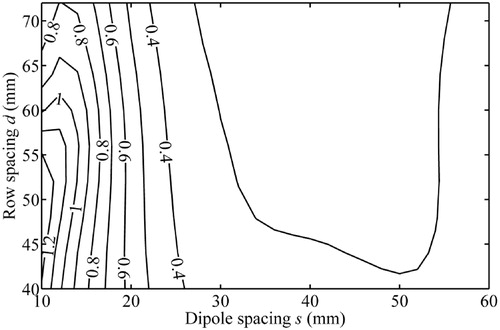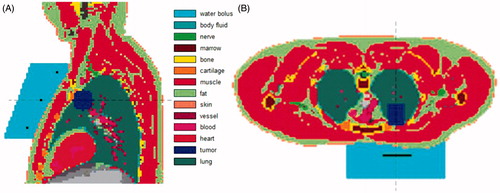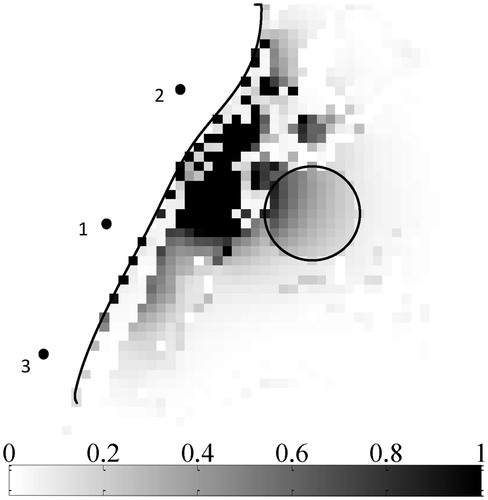Figures & data
Figure 1. Array of antennas radiating onto a body Ω as a multiport microwave junction. ω is the target. Waves entering and leaving the junction are also shown.
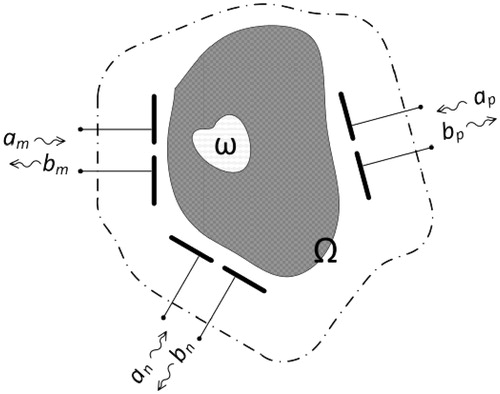
Figure 2. Eigenvalues μ1 and μ2 for a two-element array in front of a layered phantom (also shown in the inset) versus dipole spacing s. Depending on input setting [a], feed efficiency ηF takes values in the dashed area between the μ1, μ2 curves.
![Figure 2. Eigenvalues μ1 and μ2 for a two-element array in front of a layered phantom (also shown in the inset) versus dipole spacing s. Depending on input setting [a], feed efficiency ηF takes values in the dashed area between the μ1, μ2 curves.](/cms/asset/6b9e34b4-6445-477e-a780-4980cdd10111/ihyt_a_784813_f0002_b.jpg)
Figure 3. Planar multilayer phantom: ws = 4 mm, wf = 10 mm, wb = 20 mm, wc = 50 mm. A cube target with side 34.2 mm is also shown.
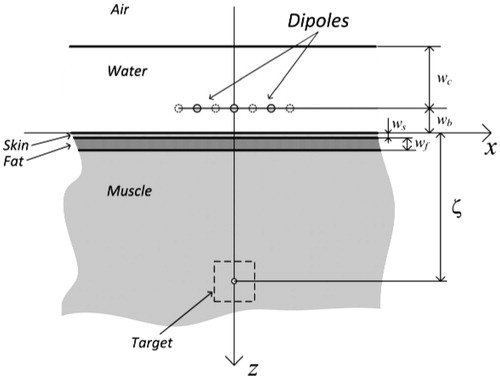
Table I. Physical parameters.
Figure 4. 11-element planar array. Row spacing d and dipole spacing s are free parameters in the numerical analysis.

![Figure 5. Smallest eigenvalue, μmin, of matrix [H] versus s and d.](/cms/asset/9343b66a-1268-4a6d-9d08-22e4cc95088d/ihyt_a_784813_f0005_b.jpg)

